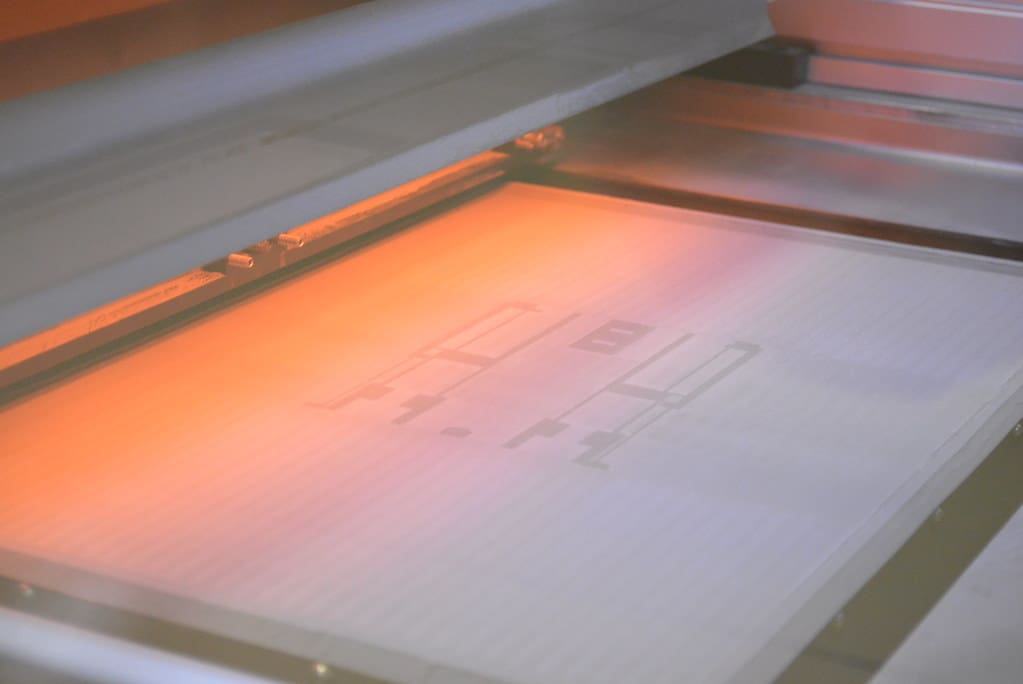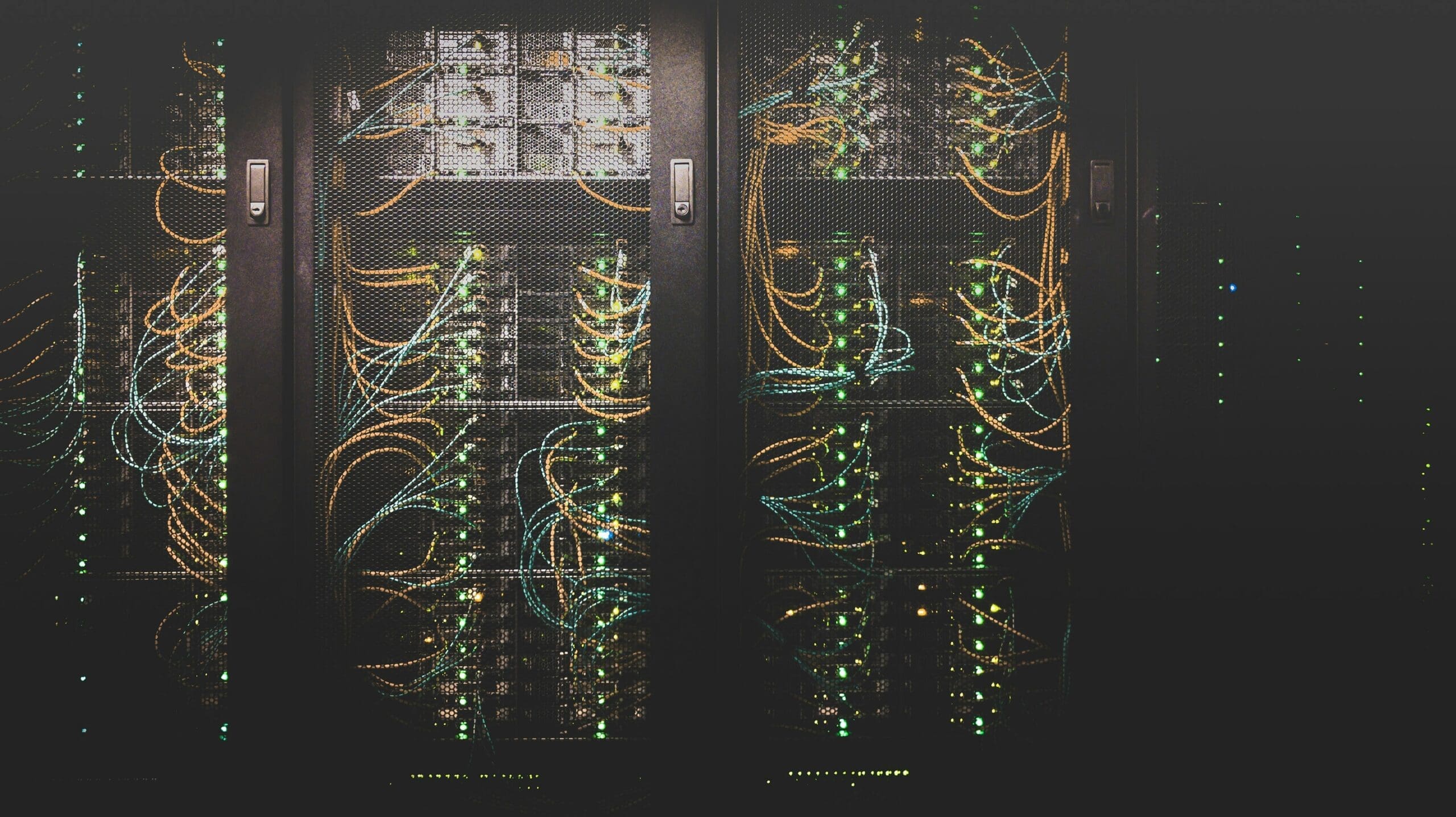In the realm of 3D printing, binder jetting technology stands out for its ability to create parts from metal, sand, or ceramic powders using a liquid binding agent. The binder delivery system is crucial in this process, precisely depositing binder onto layers of powder to form an object. This article explores the functionality, importance, and maintenance of the binder delivery system in binder jetting printers, emphasizing how it influences print quality, material capabilities, and production efficiency.
Importance of the Binder Delivery System in 3D Printing
Precision and Resolution: The accuracy of the binder delivery system directly impacts the resolution and detail of the final print. Precise application is crucial for achieving the intricate details and complex geometries that binder jetting is capable of producing.
Material Diversity: The system’s ability to handle different types of binders makes it possible to work with a variety of powder materials, enabling the production of parts with specific properties suited to diverse applications.
Efficiency and Speed: The speed at which the binder is deposited affects the overall print time. An efficient binder delivery system can significantly enhance throughput, making binder jetting an attractive option for both prototyping and mass production.
Waste Reduction: By depositing binder only where necessary, the system minimizes waste, making binder jetting an economically and environmentally preferable technology in many cases.
Components of the Binder Delivery System in 3D Printers
Inkjet Print Heads: These are typically adapted from conventional inkjet technology and are responsible for ejecting tiny droplets of binder onto the powder bed. The print heads must be capable of handling the viscosity and particulate nature of the binder without clogging.
Binder Reservoir: Holds the liquid binder and supplies it to the print heads. It is designed to maintain the binder at the correct temperature and viscosity for optimal jetting.
Control Electronics: Manage the timing and placement of binder droplets, synchronizing with the printer’s motion systems to ensure precise deposition according to the digital model.
Maintenance Station: Keeps the print heads clean and operational. It typically includes capping stations, wipers, and purging systems to prevent nozzle clogging and ensure consistent binder flow.
Installation and Calibration of the Binder Delivery System
Proper Installation: Ensuring that the binder delivery system is correctly installed is crucial for its effective operation. This includes securely mounting the print heads and ensuring all connections to the reservoir and control systems are intact.
Calibration: Fine-tuning the amount of binder ejected and the positioning of the print heads is essential for achieving accurate and consistent prints. Calibration involves adjusting droplet size, nozzle alignment, and layer synchronization.
Testing: Comprehensive testing of the binder delivery system should be performed to verify that it meets the required specifications for droplet volume, placement accuracy, and repeatability.
Maintenance and Optimization of the Binder Delivery System
Regular Cleaning: To prevent clogging and ensure smooth operation, the print heads and associated components need regular cleaning according to the manufacturer’s guidelines.
Nozzle Checks: Routine checks and maintenance of the nozzles are crucial since even minor blockages can lead to faulty binder deposition and defective prints.
Binder Monitoring: Keeping track of binder levels, viscosity, and shelf life helps maintain print quality and prevent issues related to binder degradation or contamination.
System Updates: Firmware and software updates can bring improvements to the control algorithms of the binder delivery system, enhancing precision and adaptability.
Challenges and Solutions
Nozzle Clogging: This is a common issue due to the particulate nature of some binders. Implementing an effective maintenance protocol and using specially formulated binders can help mitigate clogging.
Environmental Sensitivity: Changes in temperature and humidity can affect binder viscosity and jetting performance. Controlling the printing environment or adjusting the system settings to compensate for environmental changes can ensure consistent operation.
Binder Saturation: Achieving the right balance of binder saturation is key for part strength and dimensional accuracy. Calibration and real-time monitoring are essential for maintaining the correct saturation levels throughout the print process.
The binder delivery system is a pivotal component of binder jetting 3D printers, significantly impacting their ability to produce high-quality, detailed, and functional parts. Effective management and meticulous maintenance of this system are essential for leveraging the full potential of binder jetting technology. By thoroughly understanding and optimizing the function and maintenance of the binder delivery system, users can achieve improved print quality, increased operational efficiency, and expanded material versatility, propelling forward the capabilities of 3D printing technology.








